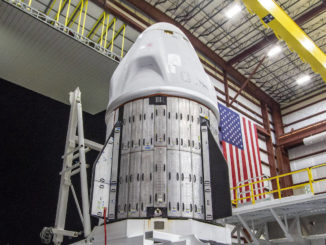Follow the key events of the Falcon 9 rocket’s ascent to orbit with 60 satellites for SpaceX’s Starlink broadband network.
The 229-foot-tall (70-meter) rocket is scheduled to lift off Wednesday at 9:25 p.m. EDT (0125 GMT Thursday) from pad 40 at Cape Canaveral Air Force Station.
The Falcon 9 will head northeast from Cape Canaveral over the Atlantic Ocean to place the 60 Starlink satellites into an elliptical orbit ranging between 132 miles (213 kilometers) to 226 miles (365 kilometers) above Earth with an inclination of 53 degrees to the equator. The satellites will use their ion thrusters to maneuver into their higher orbit for testing, before finally proceeding to an operational orbit at an altitude of approximately 341 miles (550 kilometers).
The Falcon 9’s first stage will target a landing on SpaceX’s drone ship “Just Read the Instructions” in the Atlantic Ocean nearly 400 miles (630 kilometers) northeast of Cape Canaveral.
The first stage booster launching Wednesday previously flew on four missions, landing on a SpaceX drone ship after each mission. The booster first flew from Cape Canaveral in September 2018 with a Telesat communications satellite, then launched again from Vandenberg Air Force Base in California in January 2019 with 10 Iridium voice and data relay payloads.
Its third flight occurred in May 2019 on the first dedicated Falcon 9 launch for the Starlink program. Most recently, the booster launched Jan. 6 from Cape Canaveral and again landed on a SpaceX drone ship offshore.
If the booster lands after Wednesday night’s launch, it will mark the first time SpaceX has recovered a Falcon 9 first stage for a fifth time.
For Wednesday’s mission, SpaceX will attempt to catch both halves of the Falcon 9’s payload fairing using nets aboard the ocean-going ships “Ms. Tree” and “Ms. Chief” in the Atlantic Ocean. The attempt to catch the fairing will come around 45 minutes after liftoff.
Data source: SpaceX
T-0:00:00: Liftoff
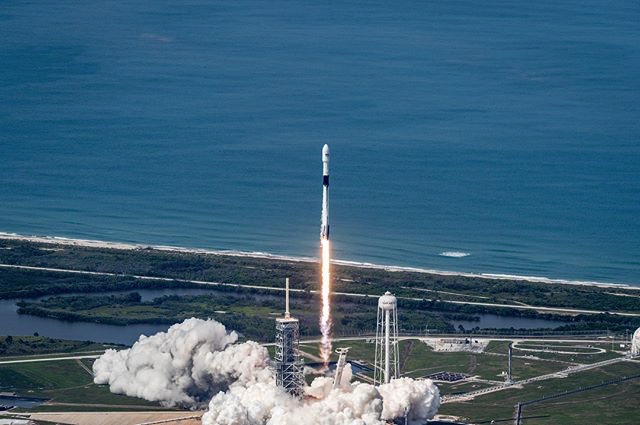
T+0:01:12: Max Q
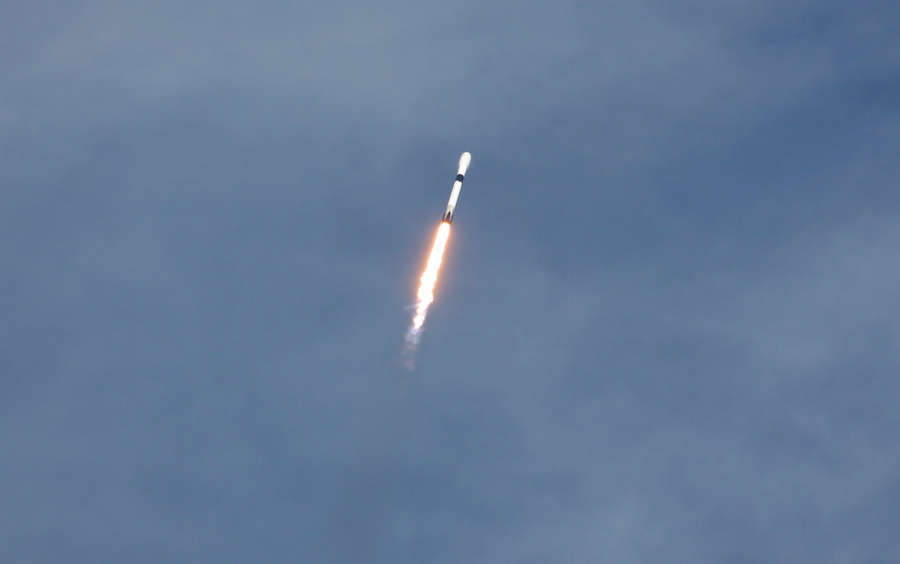
T+0:02:32: MECO
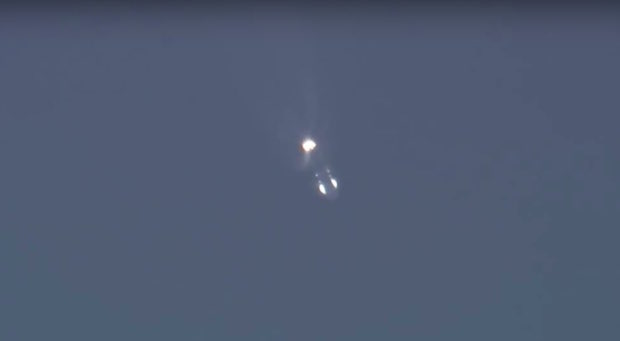
T+0:02:36: Stage 1 Separation
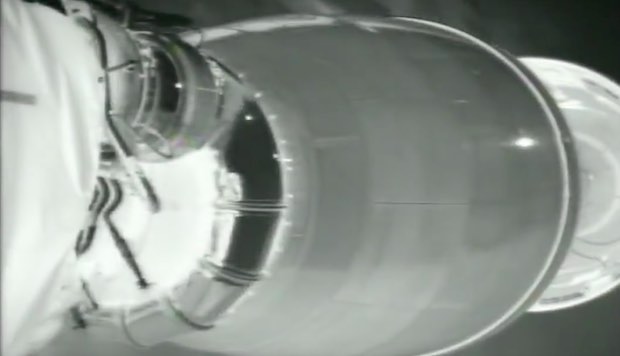
T+0:02:43: Stage 2 Ignition
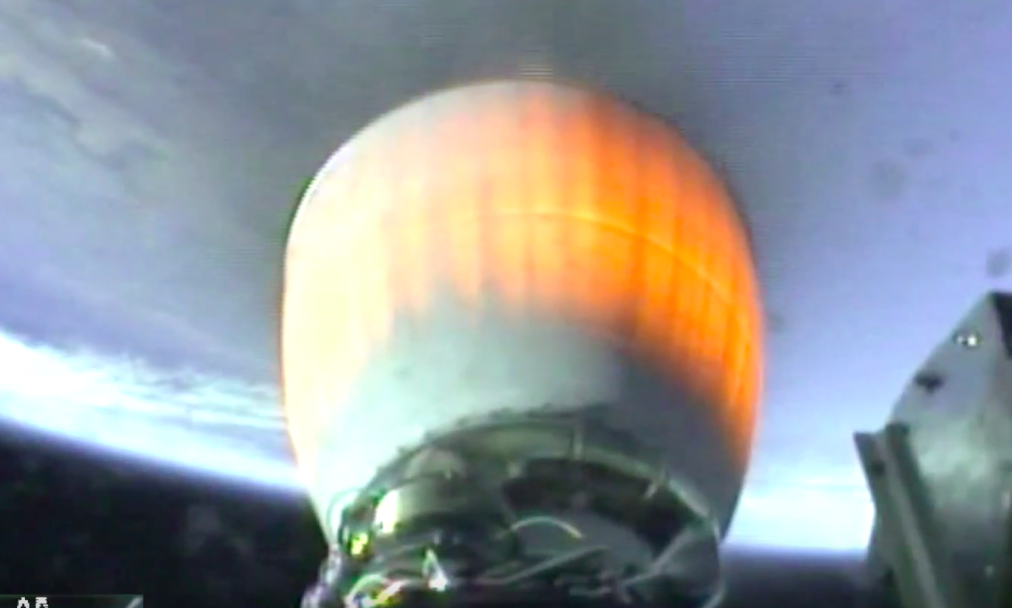
T+0:03:11: Fairing Jettison
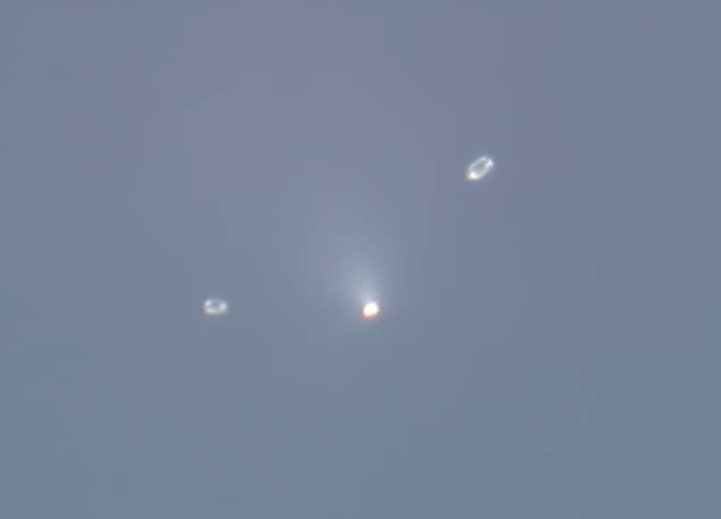
T+0:07:04: Stage 1 Entry Burn Complete
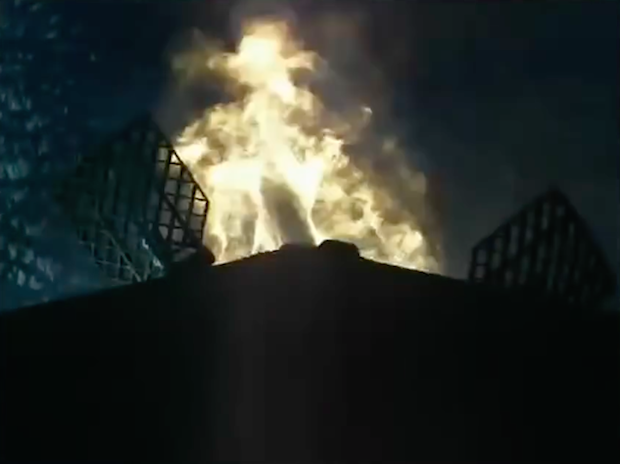
T+0:08:42: Stage 1 Landing
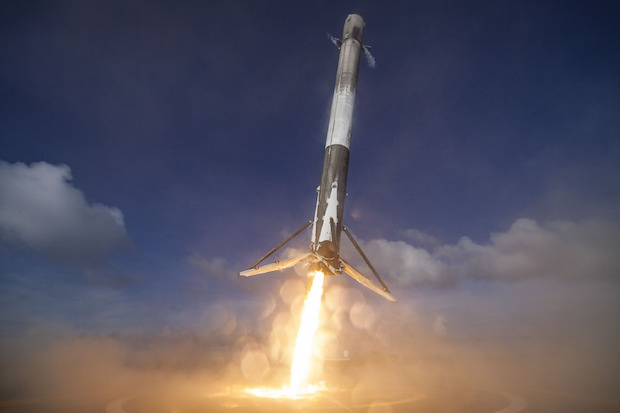
T+0:08:58: SECO 1
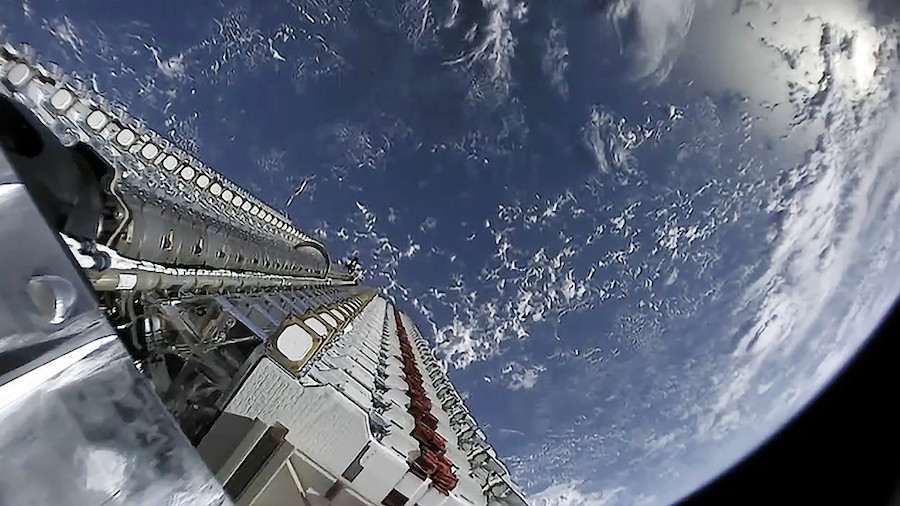
T+0:14:54: Starlink Deployment
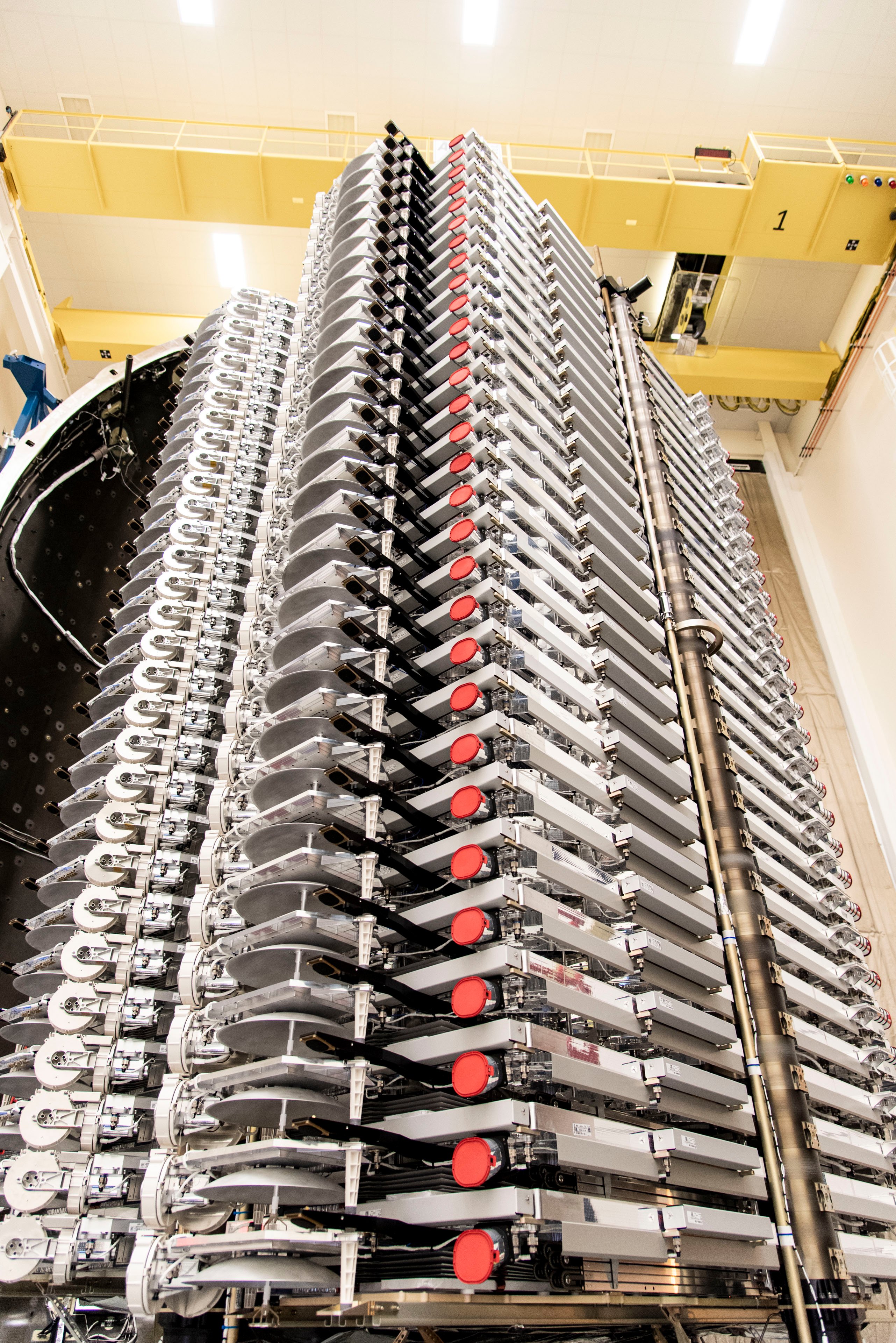
Email the author.
Follow Stephen Clark on Twitter: @StephenClark1.



